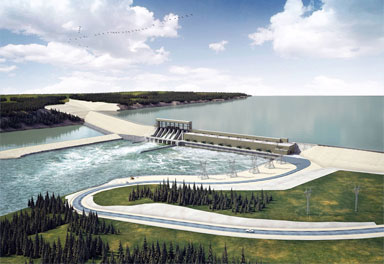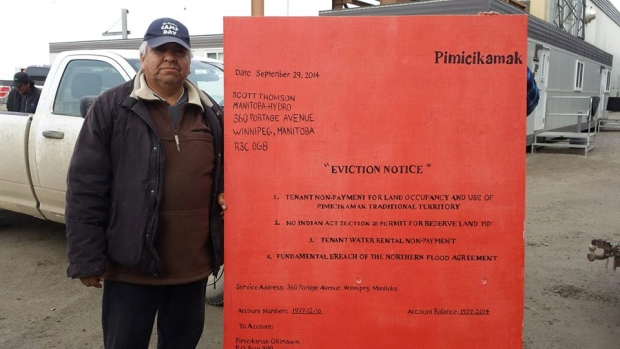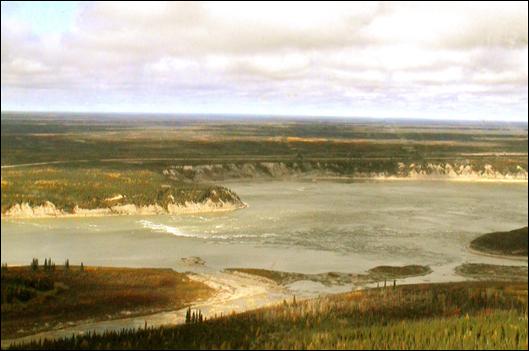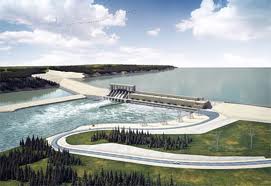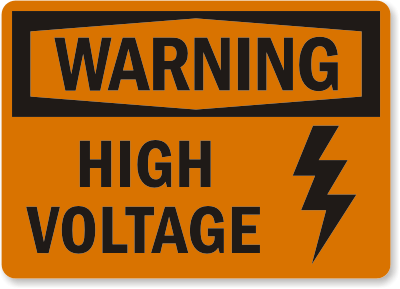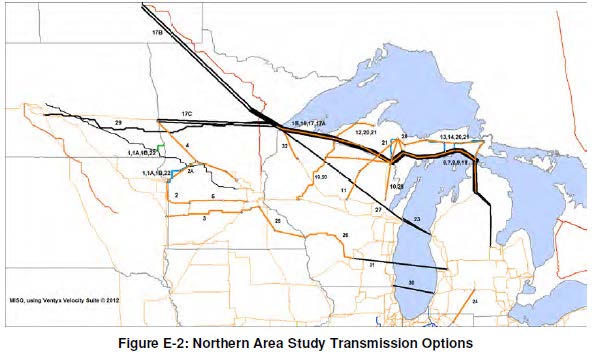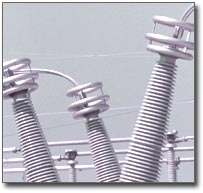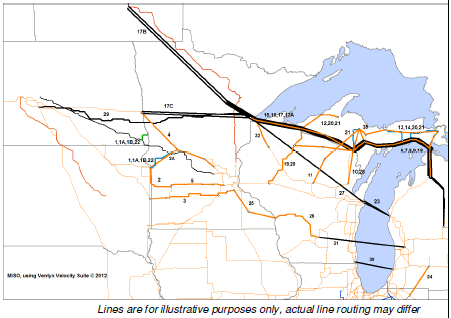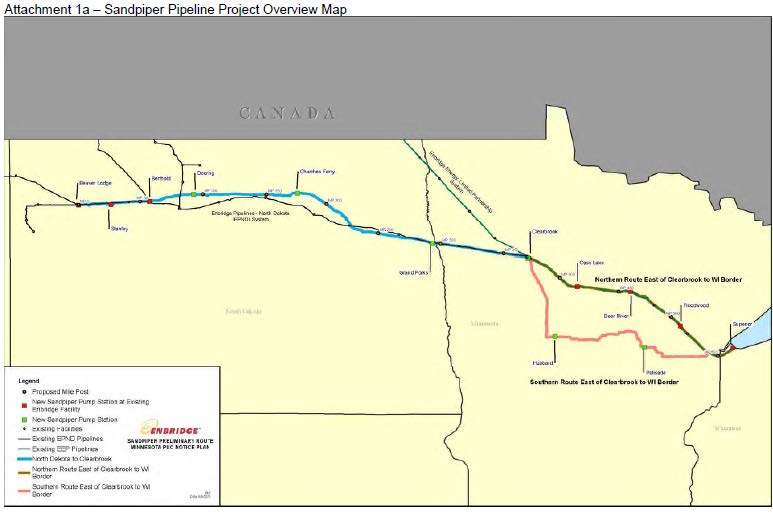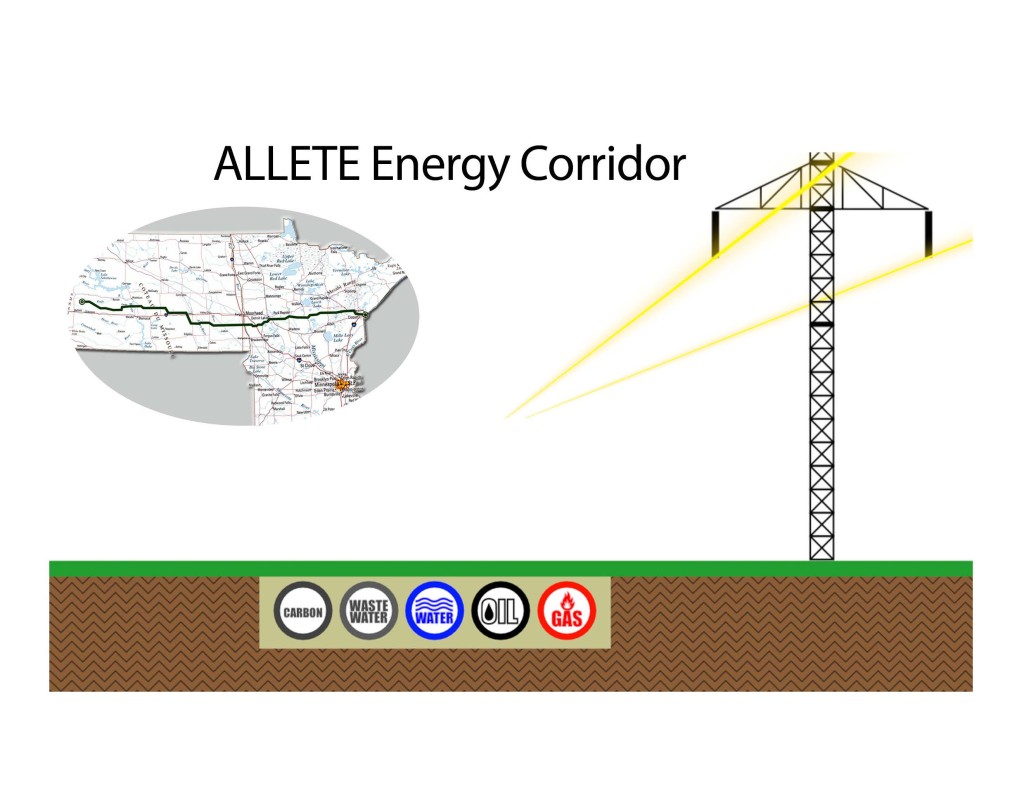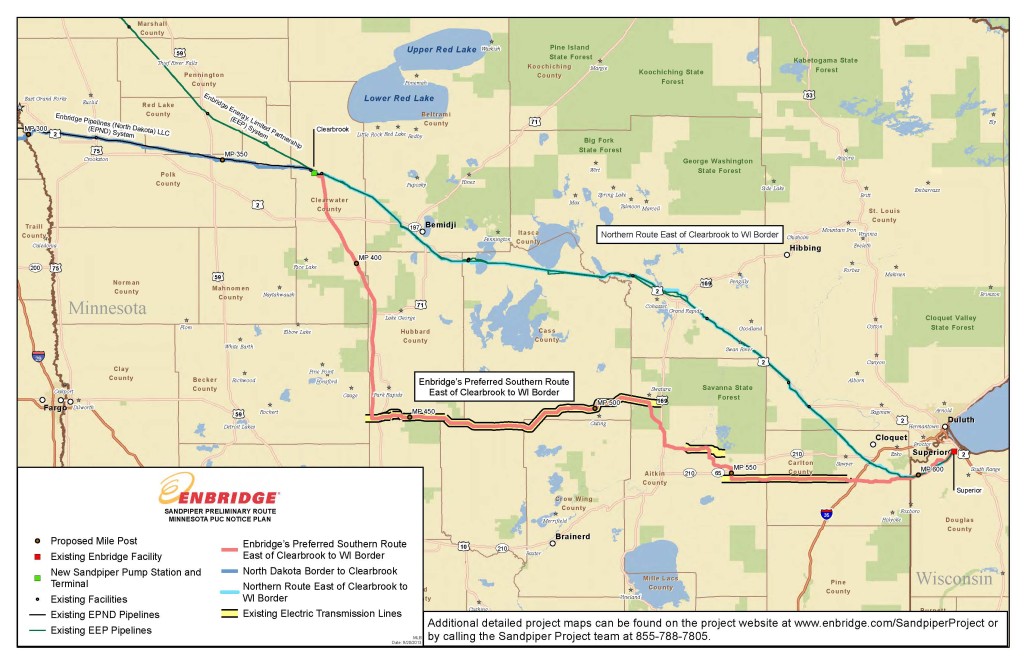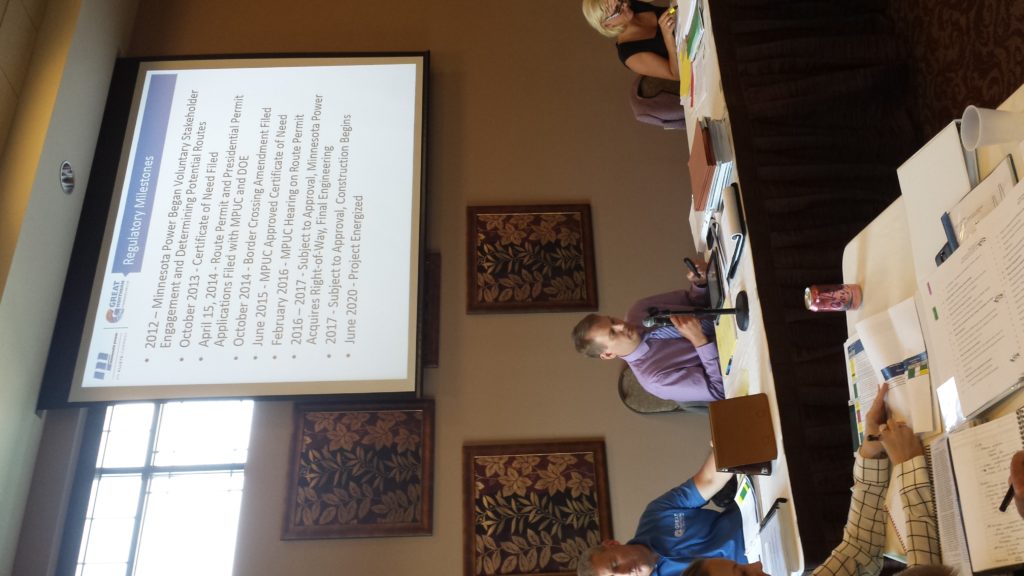
The Great Northern Transmission Line has been energized, and RRANTing is over. Right on schedule, as above, Minnesota Power’s Great Northern Transmission Line is up and running, bringing Manitoba Hydro generated electricity to Minnesota, and likely beyond.
Here’s their press release, hot off the press from Minnesota Power, but I got sidetracked:
In Minnesota as proposed:
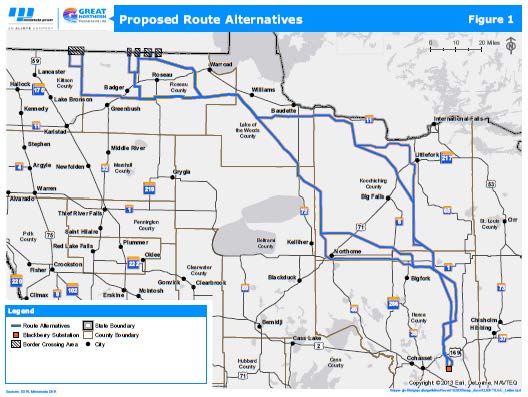
In Canada:

And in the air:

And the press lapped it up:
Minnesota Power to reach 50% renewables in 2021 with Canadian hydropower
Minnesota Power energizes Great Northern Transmission Line, bringing 250 MW delivery capabilities online
And it looks like a cut and paste of the MP press release in the Grand Rapids paper:
Minnesota Power energizes Great Northern Transmission Line to move company closer to 50 percent renewable energy by 2021
This was a LONG project, starting at the PUC in 2012, EIGHT YEARS AGO, with Minnesota Power’s planning starting long before that.
To look at the full Public Utilities Commission siting docket, go HERE and search for 14-21. The Certificate of Need docket is 12-1163.
There was also a DOE Presidential Permit, that’s where the DOE’s Environmental Impact Statement came in, a limited scope:
There were also three FERC dockets regarding Zonal Agreements, ER16-1107, ER16-110, an ER16-1116.
And then there’s Canada!
Open houses beginning in Canada for GNTL
January 17 – Canada will announce public hearings
Canada’s National Energy Board recommends “MMTP”
Suffice it to say, this was a long and complicated haul. As well it should be, two countries involved, and multiple agencies here in the U.S. and Minnesota. So many road shows, and I sure couldn’t go on all of them.
There were some really cold meetings, I remember one in the ambulance hall, because I was handing out flyers, freezing… Here’s what I’d been handing out in attempt to let people know how to weigh in. They’re affected, they’re right there, and they know the situation on the ground.
I usually did that outside, but whew, but sometimes it was TOO COLD:
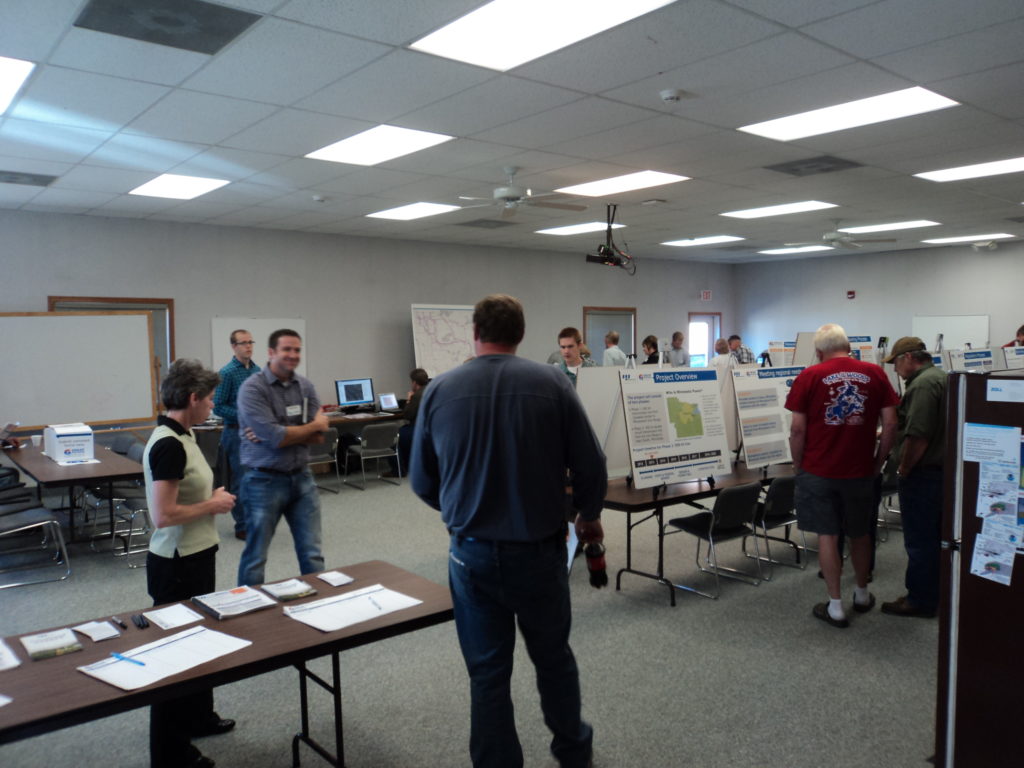
That’s the meeting where MP folks were not too happy that I brought up my Susquehanna-Roseland transmission line details of the capacity for that initially quad-bundled 500 kV line, MVA over 4,000. This line is pretty much the same, though now I can’t remember if this is quad or “just” tri-bundled. It’s absurd design for “250 MW” load, so we know there’s going to be more. Though with the energy market as it is, can’t see a need for more anytime soon, and with COVID shutdown, Minnesota Power demand is down 40% or so.
It was so cold that first year. Minnesota Power held its own PR meetings before it even formally applied, in International Falls circa 2012:

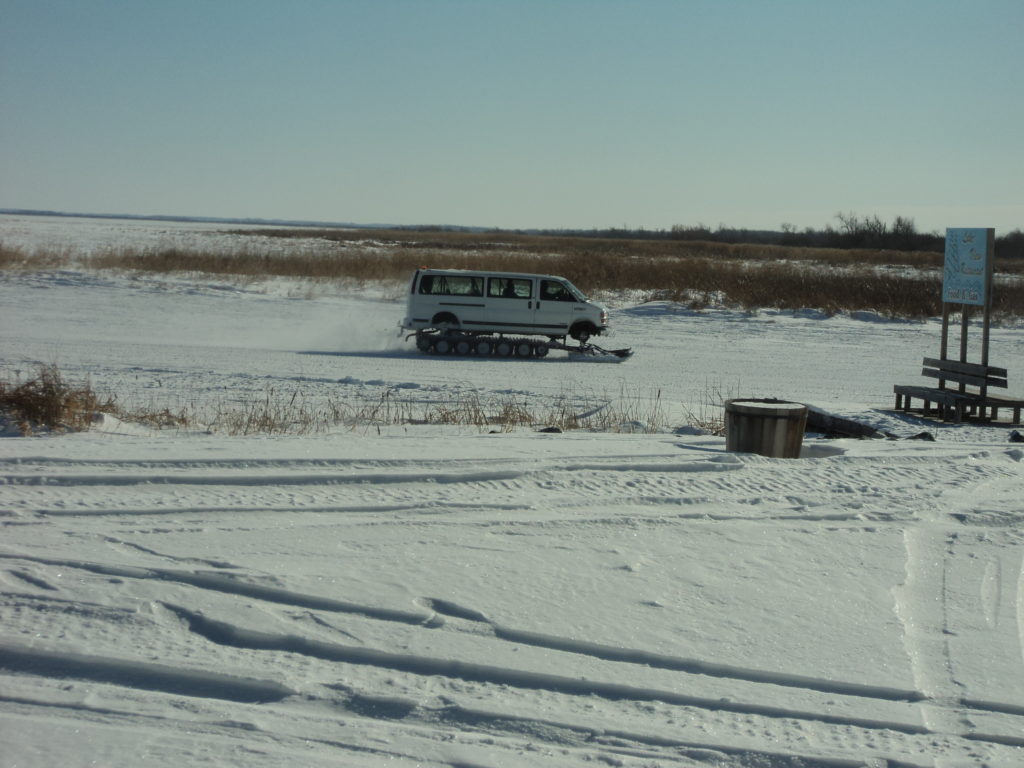
In Grand Rapids at the Sawmill:
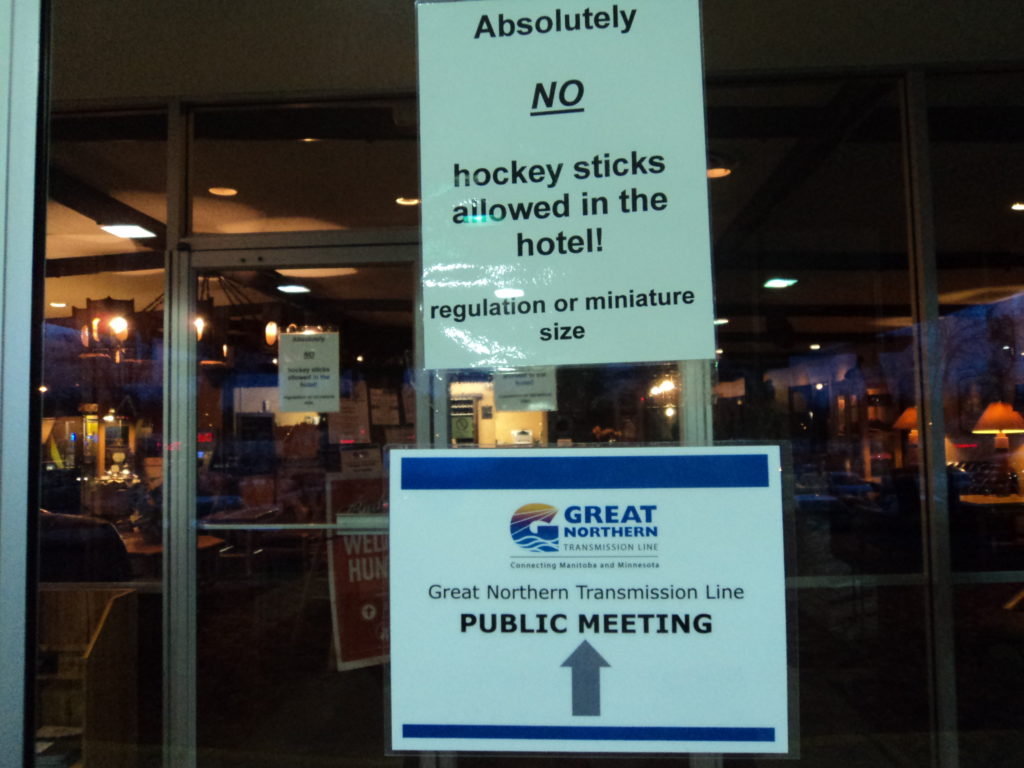
Formal meetings were held later, also in Grand Rapids. And Burl Ives (yes, that’s his name, and he’s a County Commissioner, District 4, now) wasn’t thrilled that I was handing out flyers at his hotel, but we had a good chat and he got it, he saw that I was graciously greeting people and handing out info, not making them run the gauntlet:
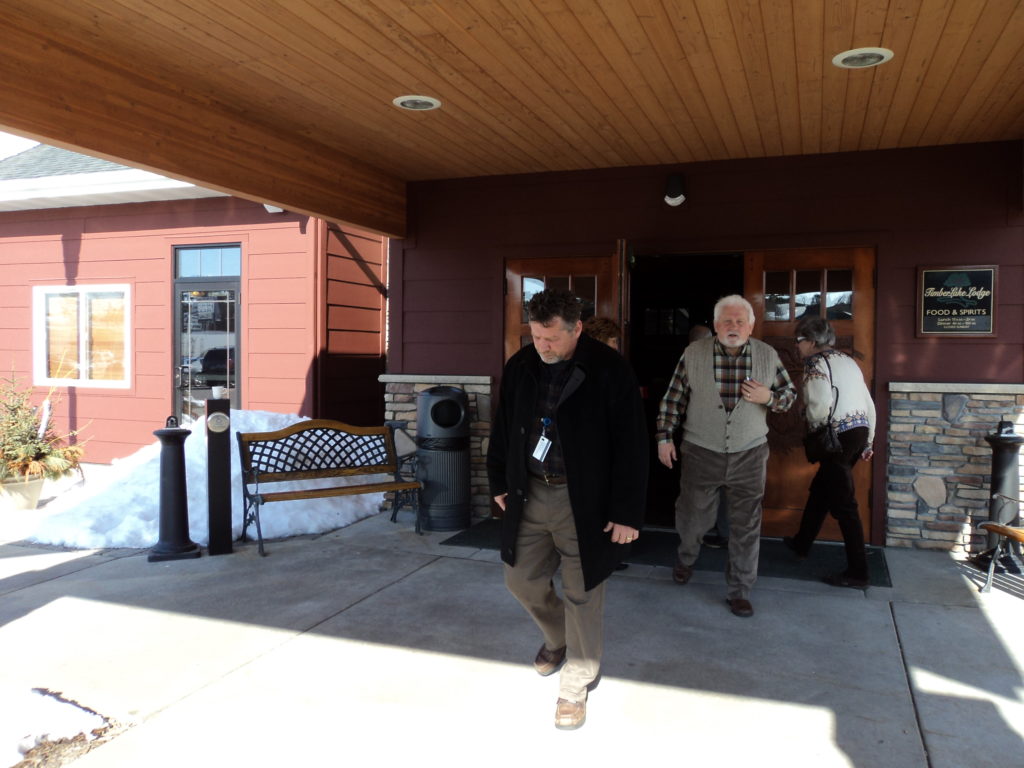
And Taconite?
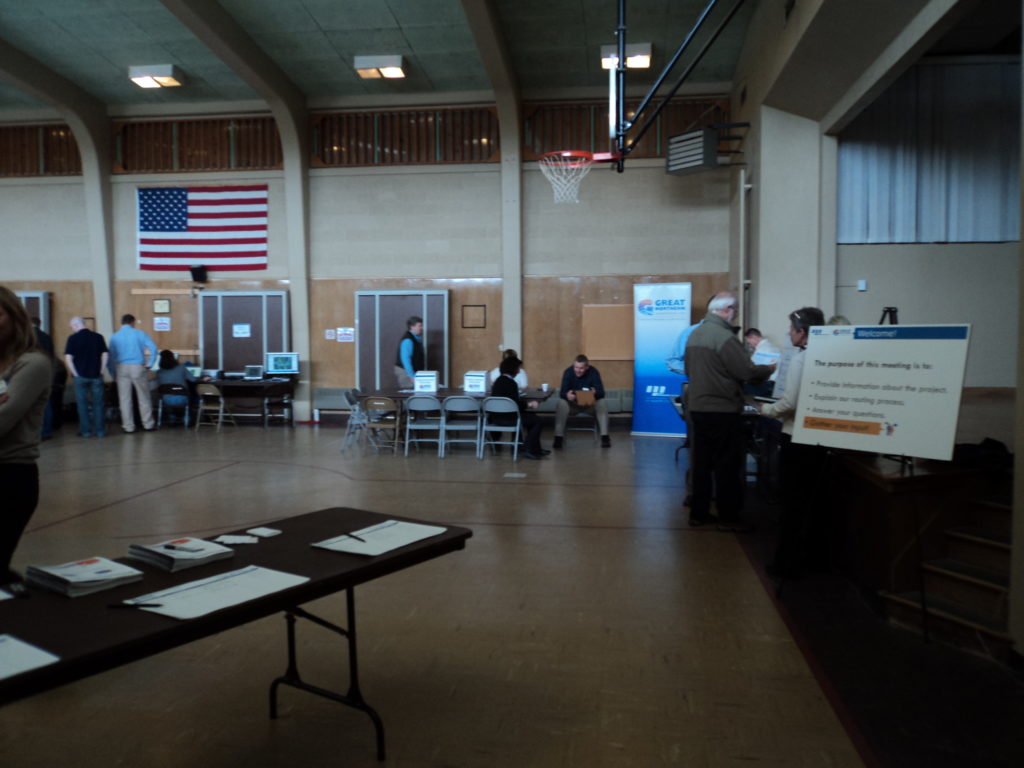
And 2013, another cold winter road show, THE COLDEST, this was in the ambulance garage, and I really did not have fun on this road show:
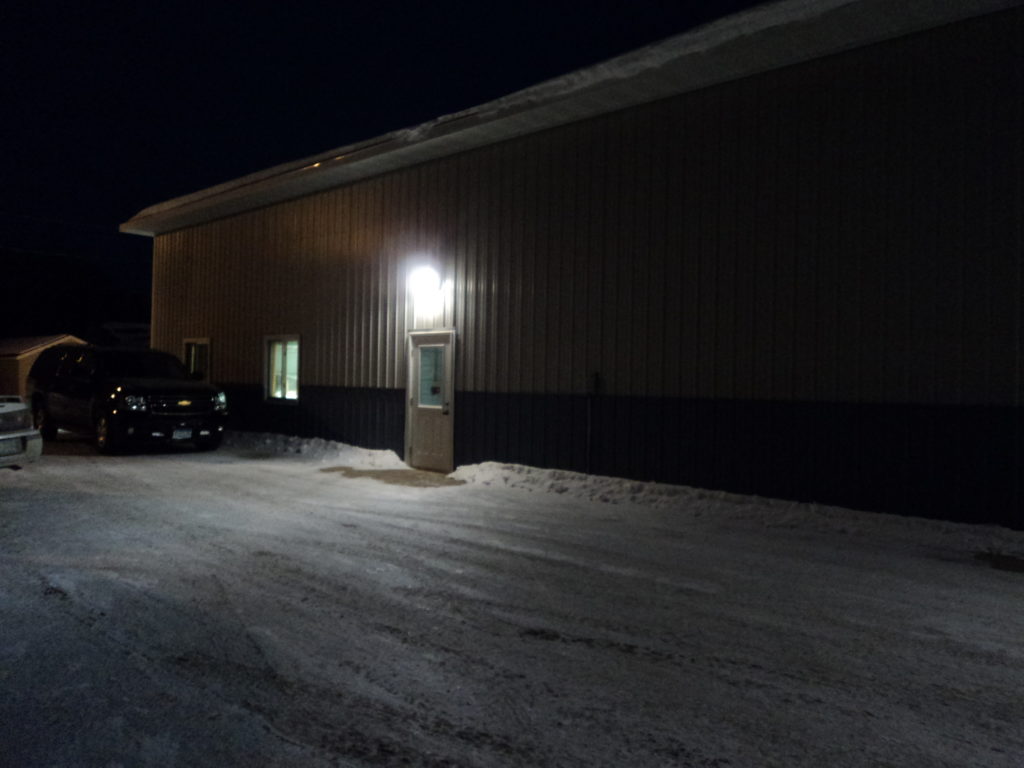
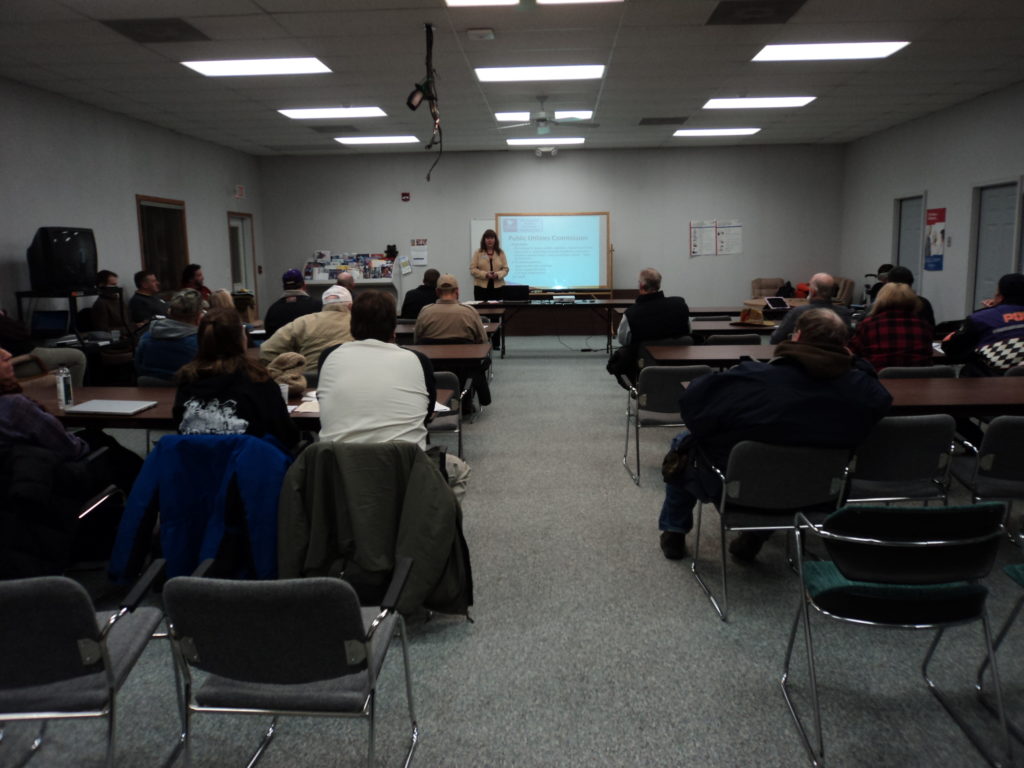

In 2014, we had meetings in warmth, all over, another road show, well attended, with good treats:


Note the Executive Order, E.O. 12038:
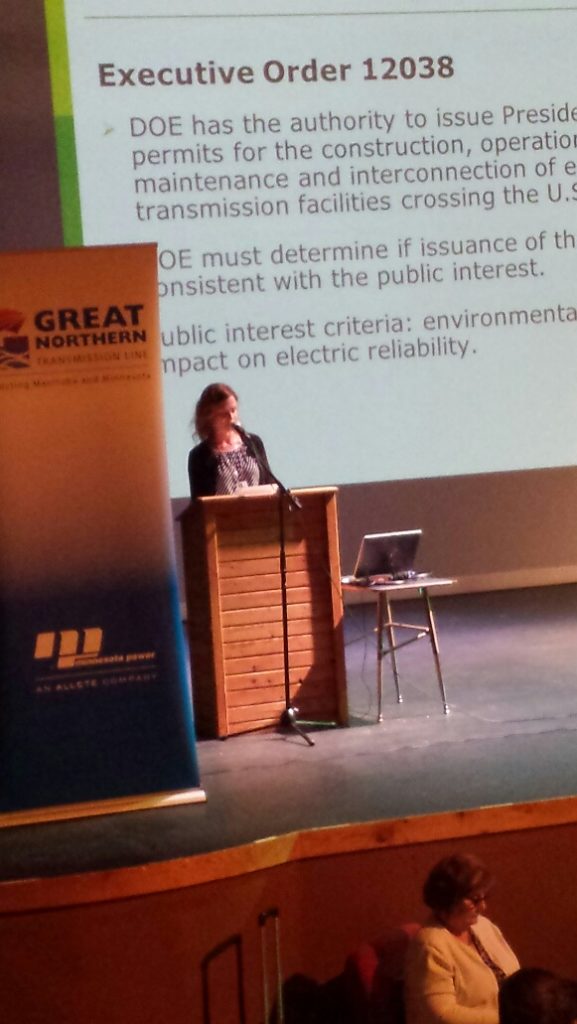
And some not so well attended…
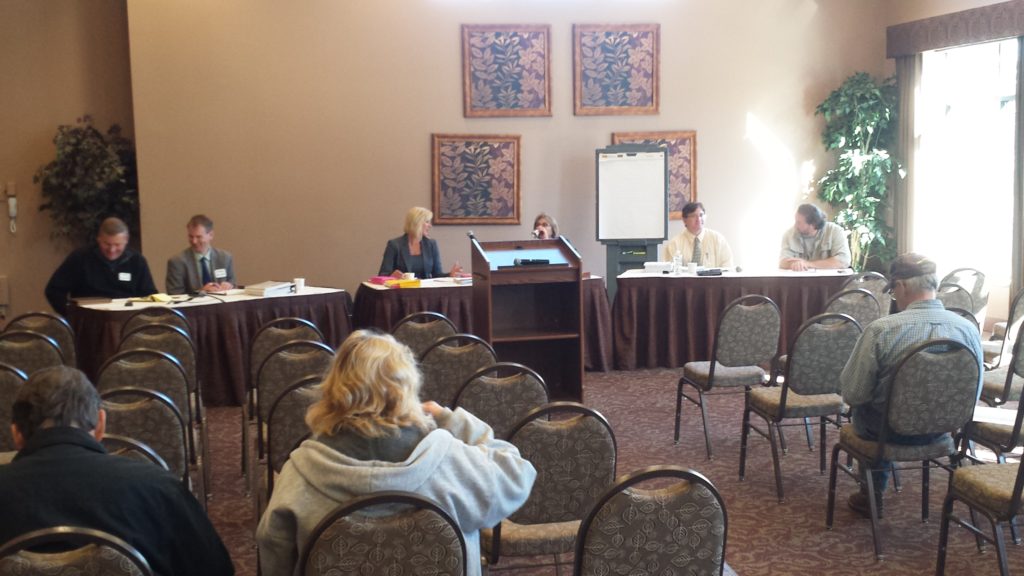

And came 2015, the DOE’s EIS meetings, unbearably hot, unfunded so couldn’t get hotel, and we stayed in site 12 in Big Bog State Park in our “new” pop-up, the site had a dock, and was swarming with bugs, the worst I’ve ever experienced. NEVER AGAIN! We were picking out bug carcasses for years afterward (there were still bugs embedded in the screens when we sold it last fall!).
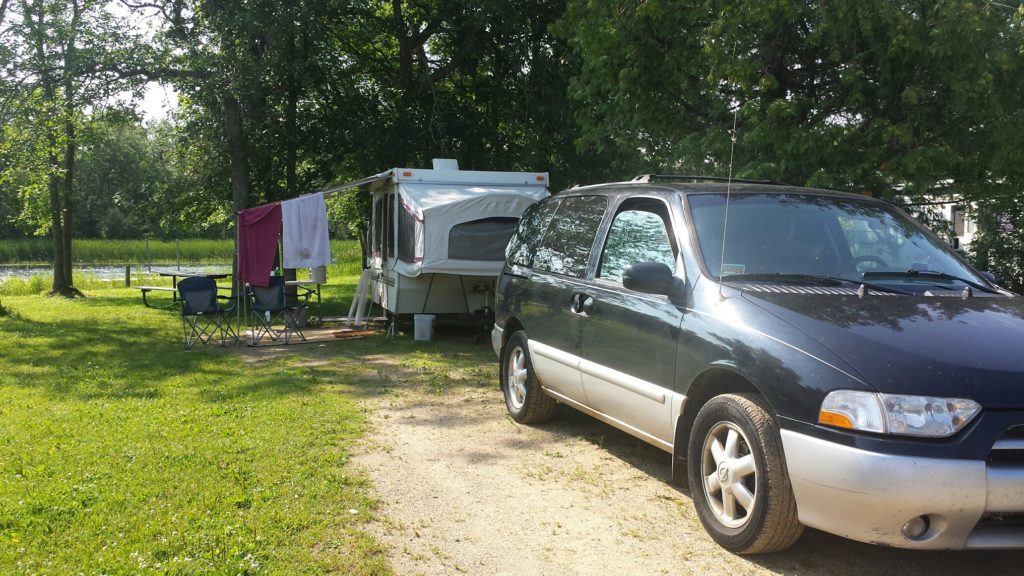
And then the rain, the Rainy River was overflowing the banks, one city’s municipal campground was flooded, standing water everywhere through torrential rainfall and super high winds:
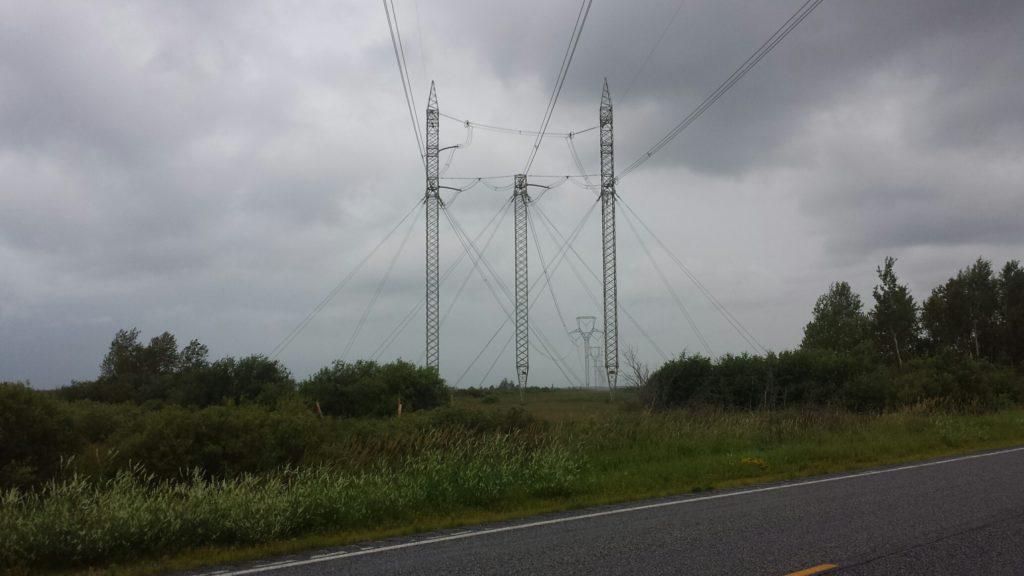
Who knew there were honey bee colonies all over along Hwy 11??
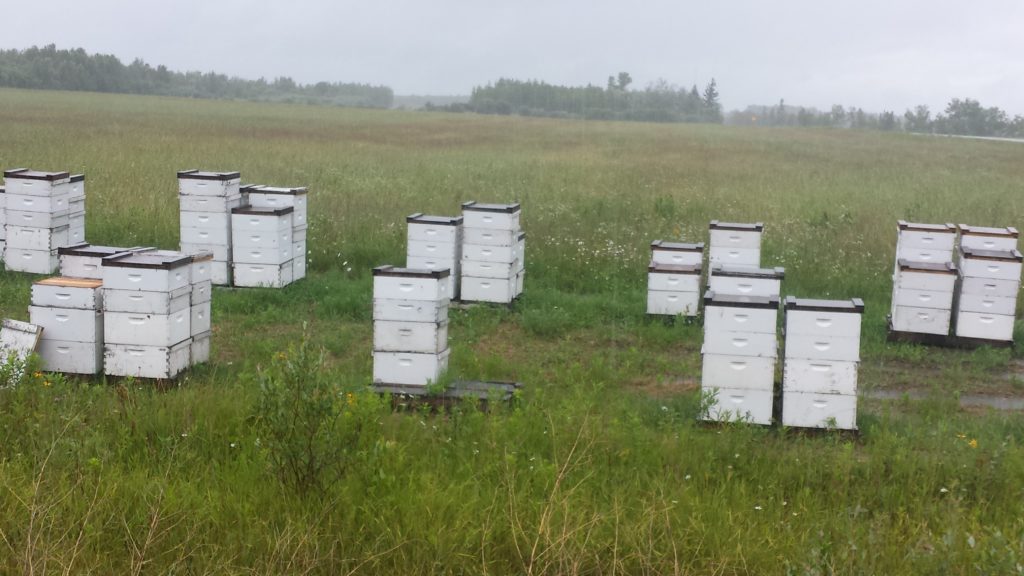
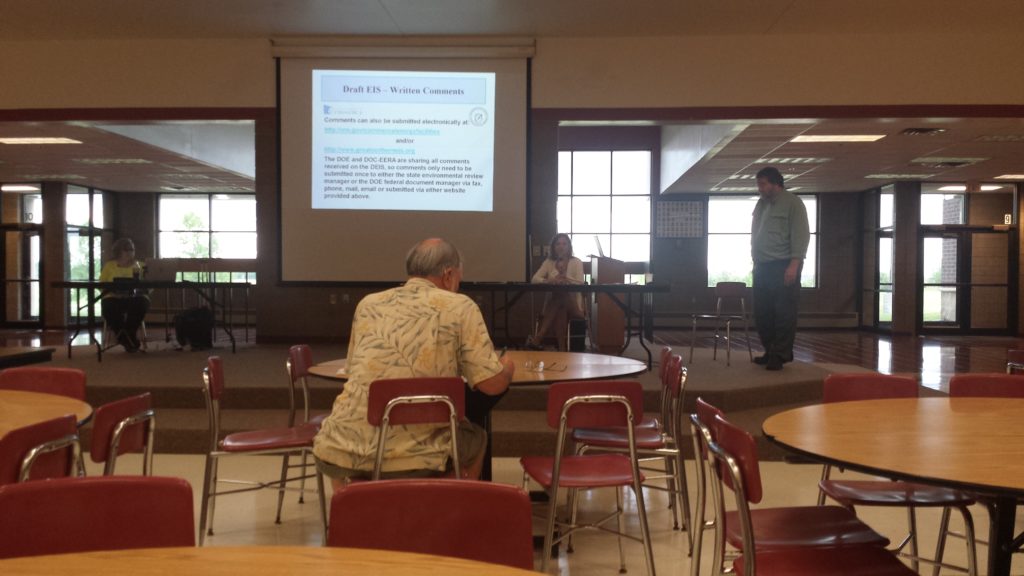
And PUC hearings the following month, another series of road shows:

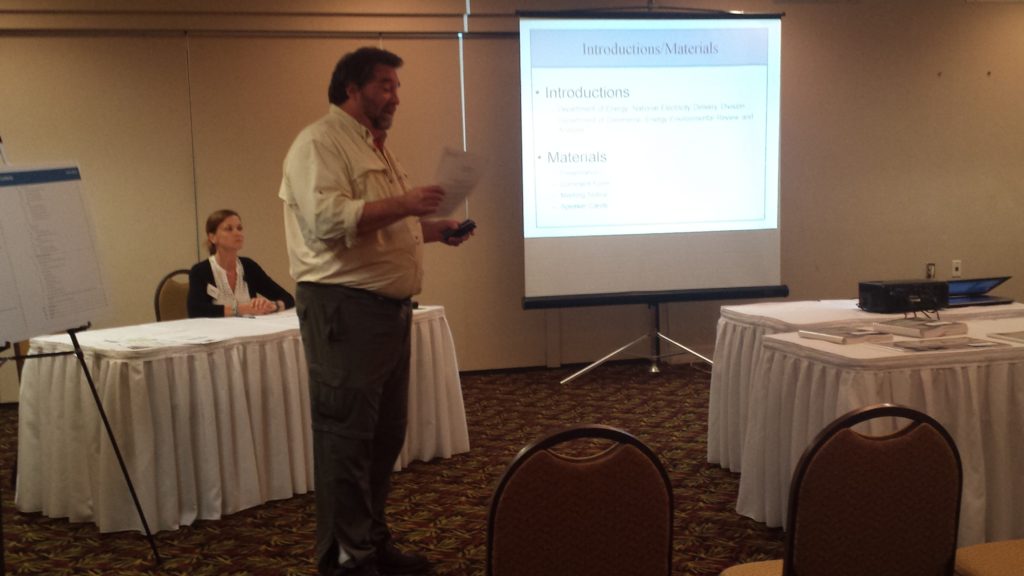

Then the PUC’s permit:
And now it’s up and running… sigh…



